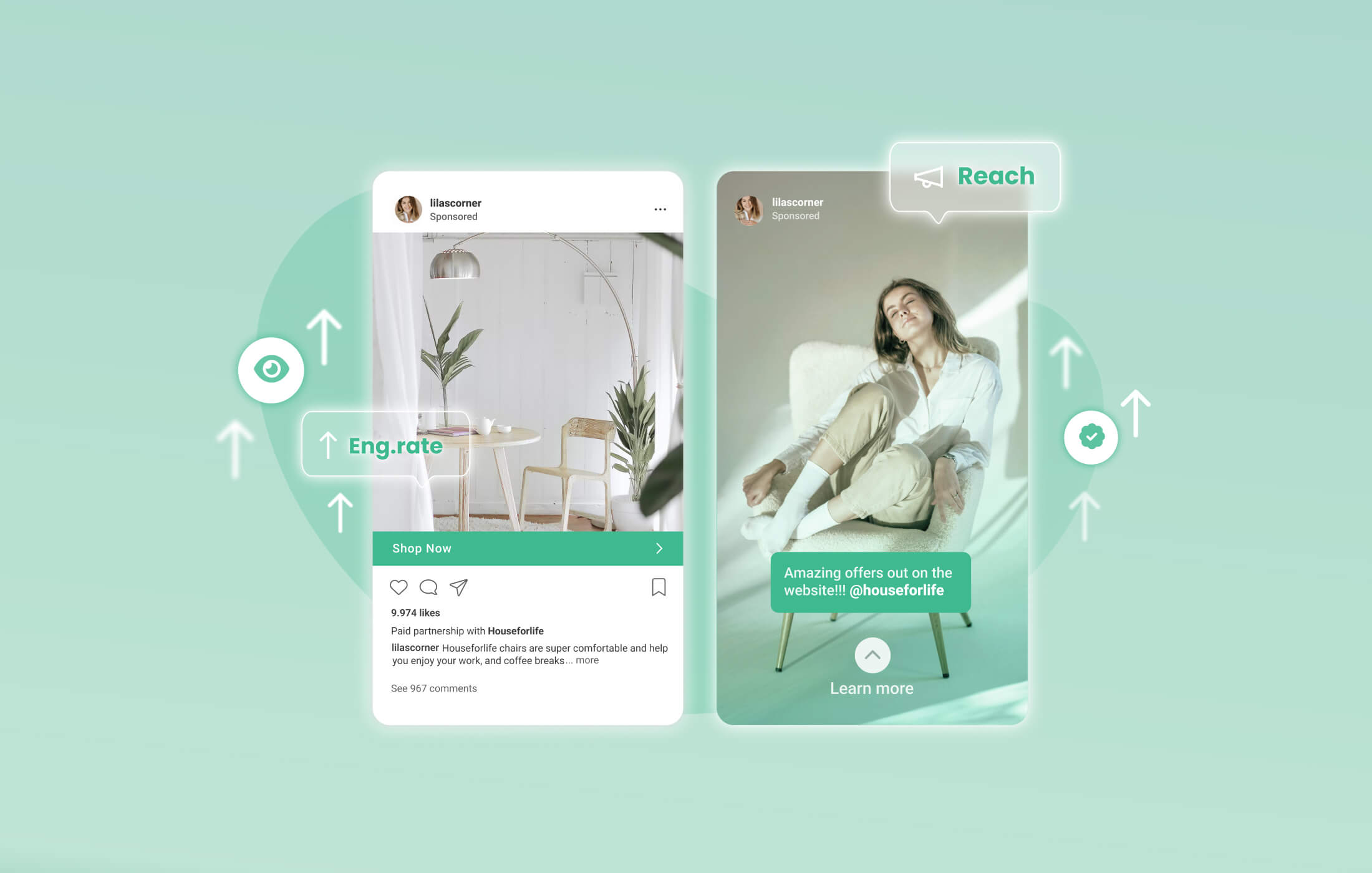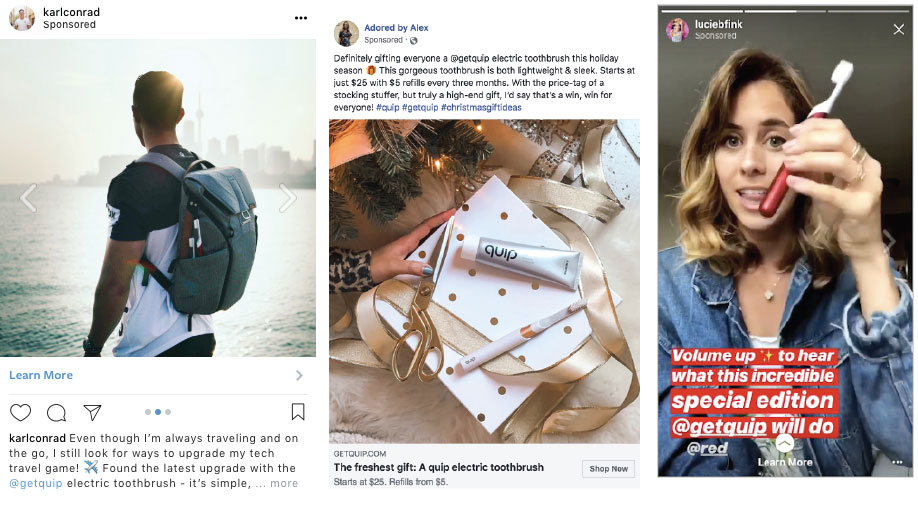
As influencer marketing matures, brands are no longer satisfied with just organic reach—they want more control, more data, and more results. Enter Influencer Whitelisting, a powerful strategy that bridges influencer content with paid media precision. At DigiSwarm, the best digital marketing agency for advanced influencer and performance campaigns, we help brands unlock the full potential of Influencer Whitelisting for scalable, high-ROI influencer partnerships.
What is Influencer Whitelisting?
Influencer Whitelisting is the process where influencers grant brands advertising permission to run paid ads through the influencer’s social media handle. This allows brands to:
-
Promote influencer content directly through paid ads
-
Target specific audiences using influencer identity
-
Gain access to influencer post analytics and performance
-
Create dark posts (ads that don’t appear on the influencer’s public feed)
Unlike traditional collaborations, Influencer Whitelisting gives brands more control while retaining the authenticity of influencer voices.
How Influencer Whitelisting Works
The process typically involves:
-
Permission Granting: Influencer gives the brand advertiser access via Facebook Business Manager (for Meta ads).
-
Creative Use: Brands use influencer-generated content in paid campaigns.
-
Audience Targeting: Brands run ads to lookalike or custom audiences using the influencer’s handle.
-
Performance Monitoring: Full ad analytics are available through the brand’s dashboard.
At DigiSwarm, we help both brands and creators navigate permissions, campaign setup, and optimization to make Influencer Whitelisting seamless.
Why Influencer Whitelisting Is a Game-Changer in 2025
In today’s content-saturated world, organic influencer posts have limited reach. Influencer Whitelisting solves that problem while amplifying the impact of creator content. Benefits include:
-
Increased Reach & Engagement: Reach users beyond the influencer’s follower base.
-
Higher Ad Performance: Influencer-whitelisted ads often outperform branded content.
-
Improved Targeting: Run segmented campaigns based on age, location, or behavior.
-
Better ROI Tracking: Access real-time data to assess what’s working.
-
Stronger Brand-Creator Partnership: Enhances collaboration with shared success.
DigiSwarm’s clients have seen up to a 4x improvement in campaign ROI when switching to Influencer Whitelisting strategies.
Key Platforms for Influencer Whitelisting
-
Facebook & Instagram: Through Facebook Business Manager, influencers grant advertisers access to run ads via their handles.
-
TikTok Creator Marketplace: TikTok offers built-in tools for creator authorization and ad permissions.
-
YouTube Branded Content Tools: YouTube allows brands to promote creator videos via Google Ads.
-
X (formerly Twitter): Though limited, some API-based ad partnerships are emerging.
In all cases, it improves the quality of paid promotion with a more trusted, human voice.
Real-World Use Case: Influencer Whitelisting at DigiSwarm
A beauty brand running influencer campaigns saw diminishing returns from organic posts. DigiSwarm implemented a 3-month campaign:
-
Used Instagram Story and Reel content as ad creatives
-
Targeted custom audiences using Meta Ads Manager
-
Tested CTA variations and placements
Results:
-
5x increase in ad engagement
-
3.2x ROAS improvement over brand-only ads
-
41% lower cost-per-click
Influencer Whitelisting was the catalyst for performance turnaround.
Influencer Whitelisting vs. Traditional Influencer Marketing
| Feature | Traditional Collab | Whitelisting |
|---|---|---|
| Reach | Organic Only | Organic + Paid |
| Targeting | Limited | Advanced audience targeting |
| Brand Control | Low | High |
| Analytics | Minimal | Detailed |
| Post Format | Public | Public + Dark Posts |
Influencer Whitelisting provides more scale, transparency, and precision than traditional influencer promotions.
Key Considerations Before Starting
-
Get Legal Agreements in Place: Ensure whitelisting permissions are clearly outlined in contracts.
-
Be Transparent: Let influencers know how their content will be used.
-
Use Authentic Creators: Don’t over-edit the content or it loses its personal feel.
-
Avoid Oversaturation: Don’t run the same creative across too many audiences.
DigiSwarm ensures every campaign complies with ad policies and protects creator relationships.
Common Mistakes to Avoid
-
Forgetting to set ad durations or caps
-
Not aligning influencer tone with brand values
-
Using poor-performing creatives in paid ads
-
Failing to test audience segments
-
Over-optimizing to the point of losing authenticity
Each campaign at DigiSwarm undergoes performance audits and influencer-fit checks to ensure Influencer Whitelisting success.

Outdated But Still Useful Resources
-
Facebook Business Whitelisting Guide (2019)
-
Influencer Marketing Hub Basics (2020)
These legacy guides still offer value, although these practices have become far more sophisticated in 2025.
The Future of Influencer Whitelisting
Looking ahead, we’ll likely see:
-
AI-curated creator matches for whitelisting
-
Performance-based influencer compensation models
-
Direct creator dashboards for ad performance tracking
-
AR/VR whitelisted ad experiences
DigiSwarm is already testing new formats to evolve Influencer Whitelisting for the next wave of influencer commerce.
Conclusion
It empowers brands to take high-performing creator content and turn it into scalable, targeted advertising. It’s the next evolution of influencer marketing—blending authenticity with advertising power. At DigiSwarm, the best digital marketing agency, we help brands launch and optimize Influencer Whitelisting campaigns that drive engagement, trust, and measurable ROI. Ready to go beyond reach and into results? Let’s whitelist the right way.
